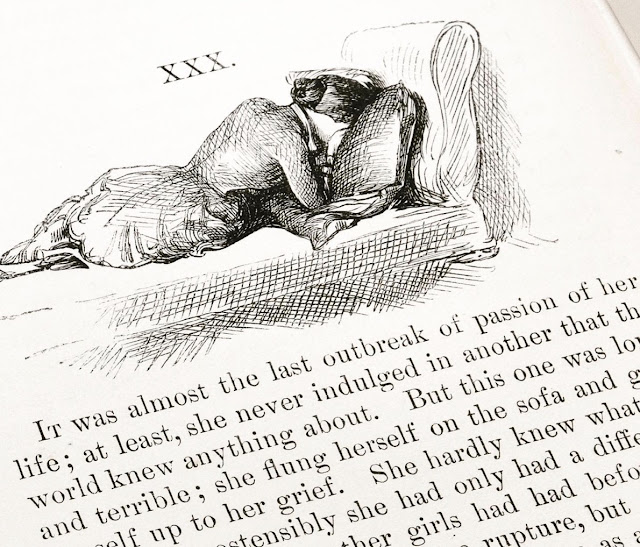*
The "Heart of Space" meteorite, a 4.5 billion-year-old fragment of a star that fell to earth in 1947: "A mind-boggling series of occurrences and accidents were necessary to make a meteorite of this rare shape," says James Hyslop, Christie's science and natural history specialist. "And what makes it even more endearing is the fact that this piece would have come from the very core of its initial protoplanetary body—it broke off from the heart of its originator."
*
Handmade valentine in the collection of tihngs.
*
Heart meadow created by Winston Howes in memory of his wife, Janet. Daffodils blossom in the center when spring arrives.
*
Poem by David Melnick.
*
Heart by Alexander Girard, 1961, at the Compound Restaurant, Santa Fe, New Mexico.
*
Die Freundschaft bringt FreudeDie Liebe bringt Ruh'Erwähle sie beideWie glücklich bist du
Friendship brings pleasure,love rest to the heart;if both be thy treasure,how happy thou art.
*
Personal Message by Michael Dumontier and Neil Farber, available here.
*
It was a September afternoon in 1796, and Mary Wollstonecraft had one thing on her mind. “What say you,” she wrote to her lover William Godwin, “may I come to your house, about eight—to philosophize?” This use of code was typical. If she wanted him she would ask to borrow books or ink; he liked to say he needed soothing, like a sick child. In his journal Godwin used dots and dashes to log what he and Wollstonecraft had done, when they had done it, and where. After their third date he wrote, “chez moi, toute.”
Anahid Nersessian, "Love for Sale." The New York Review, 1/13/2022.
*
One may care about a character on television, but one must care for a character in a video game. In fact, The Last of Us suggested that care, by definition, means choosing to have no choice, holding onto another person so tightly their survival becomes an inescapable necessity. ... [T]he point is not that a video game, like other art forms, can show us something about love, but that love, at its most monstrous, can have the unyielding structure of a video game.
Andrea Long-Chu, "The Last of Us Is Not a Video-Game Adaptation." Vulture, 2/9/2023.
*









































